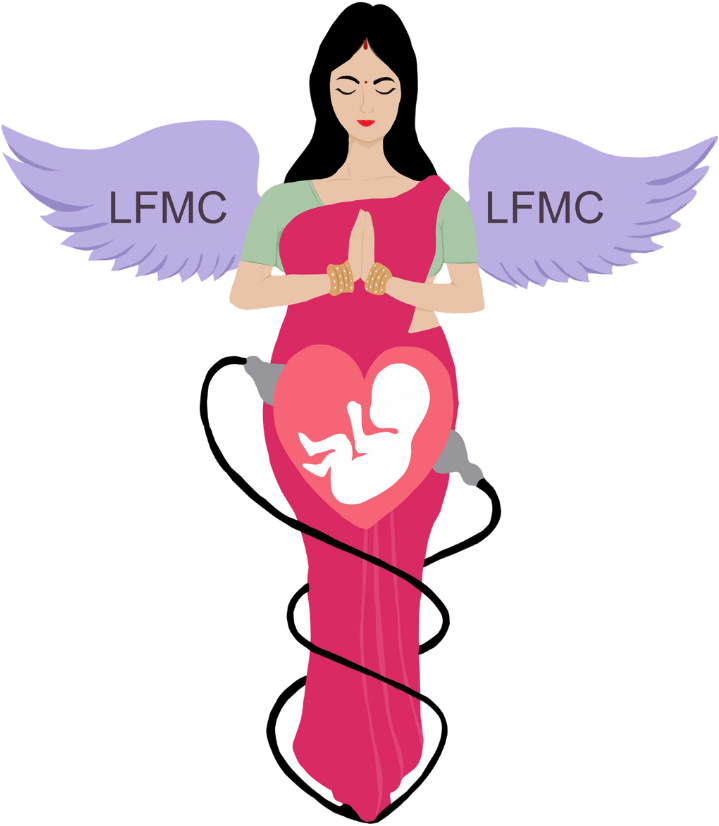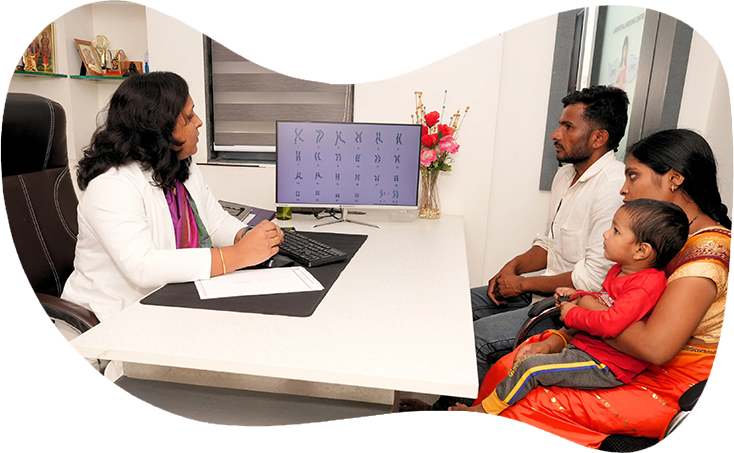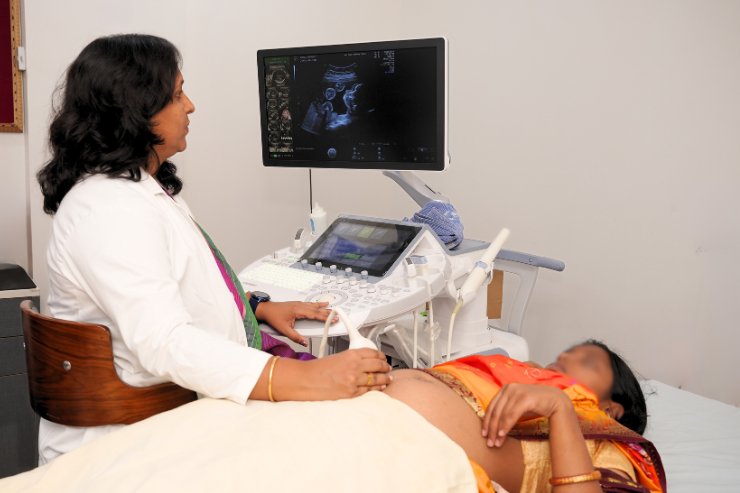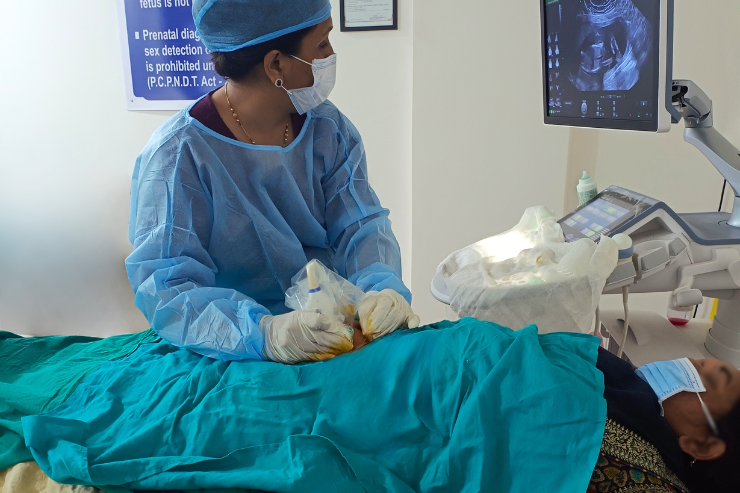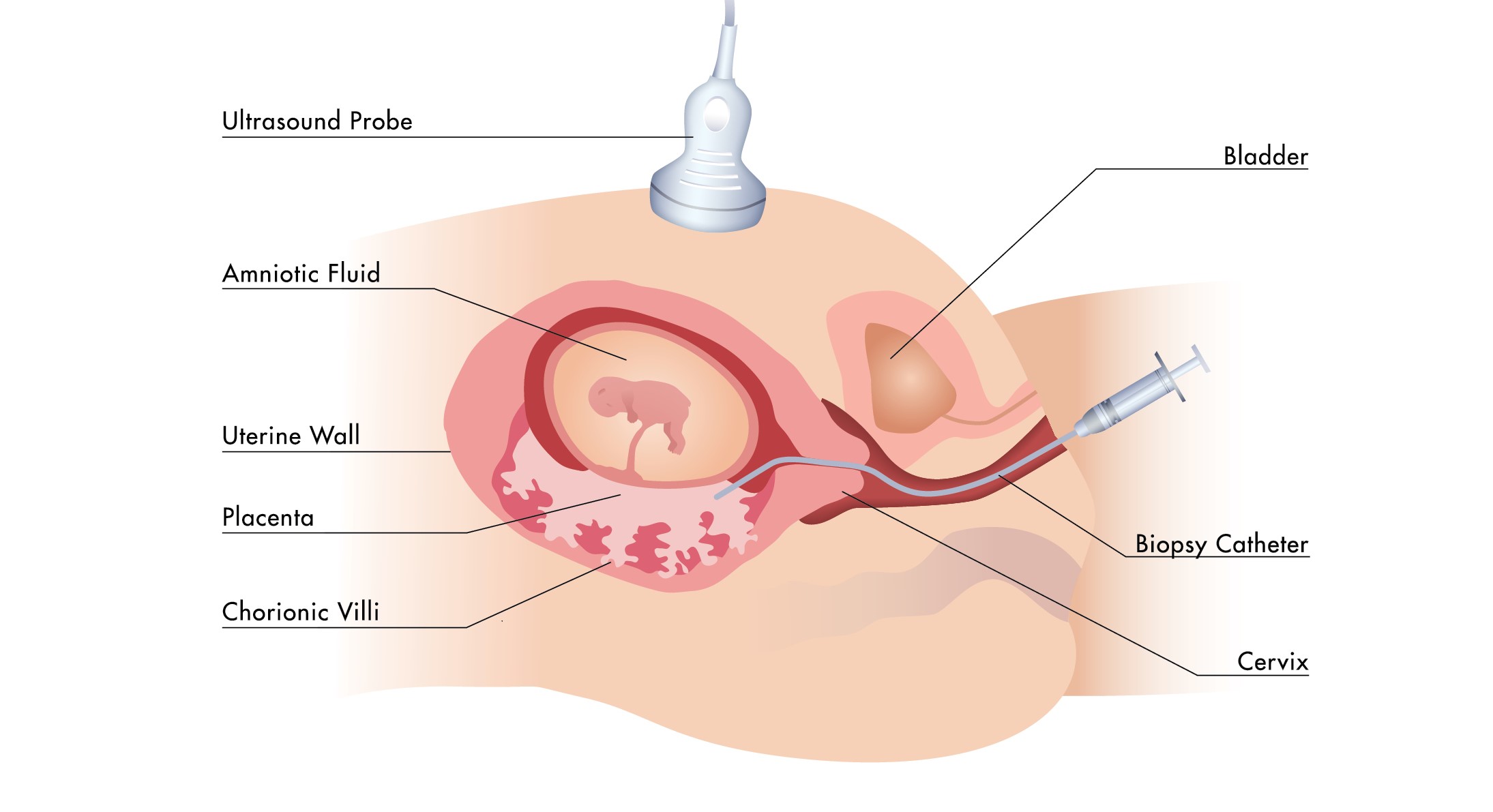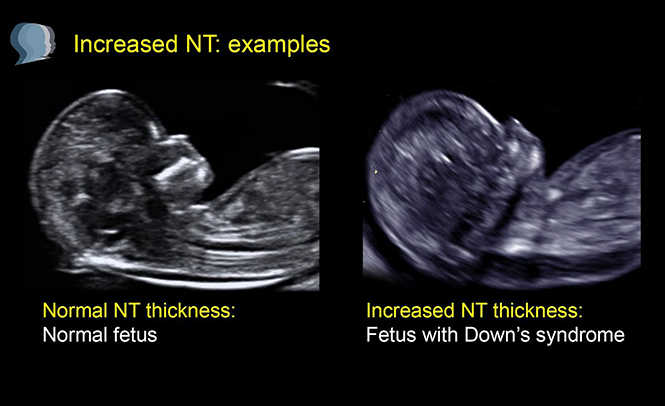The quality of life and general health of an individual can be greatly affected by blood diseases. Thalassemia and sickle cell disease are two examples of such hereditary blood disorders. Both disorders have an impact on the body's capacity to generate healthy red blood cells, which can result in many health issues.
What is Thalassemia?
Thalassemia is a genetic blood disorder that affects the body's ability to produce enough haemoglobin, the protein in red blood cells responsible for carrying oxygen throughout the body. When haemoglobin levels are low, it can lead to anaemia and other complications. There are two main types of thalassemia: alpha and beta thalassemia. Each type impacts a different part of the haemoglobin molecule, leading to varying symptoms and severity.
Alpha thalassemia occurs when there is a defect in one or more of the four alpha-globin genes. The severity depends on how many of these genes are affected. Beta thalassemia, on the other hand, involves defects in one or both of the two beta-globin genes. People with beta thalassemia may experience more severe symptoms, depending on whether one or both genes are affected.
Symptoms of Thalassemia:
The kind and degree of thalassemia can affect the symptoms. Typical signs and symptoms include:
- Weakness and exhaustion
- Pale or tan skin
- Abnormalities of the facial bones
- Gradual expansion
- Abdominal swelling
Causes of Thalassemia:
If both parents carry the gene for thalassemia, there's a higher chance their child will inherit the condition. Thalassemia is passed down from parents who both have the trait, making it more likely for their child to develop the condition.
Handling and Medical Interventions:
Regular blood transfusions to keep haemoglobin levels in check, iron chelation therapy to eliminate extra iron from the body, and occasionally a bone marrow transplant are all part of the treatment for thalassemia. Effective management of Thalassemia necessitates an early diagnosis and continued medical attention.
Sickle Cell Disease: What Is It?
Sickle cell disease (SCD) is a genetic blood disorder where red blood cells become rigid and shaped like crescents or sickles instead of the usual round shape. These misshapen cells can block blood flow in small blood vessels, which can lead to pain, organ damage, and other serious health issues. The obstructed blood flow can cause severe pain episodes, known as crises, and may result in damage to organs like the spleen, liver, and kidneys.
Symptoms of Sickle Cell Disease:
People who have sickle cell disease may encounter:
- Painful episodes(sickle cell crises)
- Anaemia and exhaustion
- Edema in the feet and hands
- Recurring infections
- Children's delayed growth
Causes of Sickle Cell Disease:
Because sickle cell disease is inherited in an autosomal recessive manner, meaning a child must receive the sickle cell gene from both parents to have the disease. If both parents carry the gene, there's a 25% chance with each pregnancy that the child will have sickle cell disease. People of African, Mediterranean, Middle Eastern, and Indian origin are the most commonly affected by the illness.
Handling and Medical Interventions:
Managing sickle cell disease is all about improving quality of life and reducing complications. While there's no one-size-fits-all cure, a combination of treatments can help. Blood transfusions can ease symptoms by reducing the number of sickle cells. Pain management techniques, including medications and lifestyle adjustments, help manage the frequent pain crises. Hydroxyurea is a medication that can reduce the number and severity of these crises.
In certain cases, stem cell or bone marrow transplants might offer a potential cure, but this is generally considered only in specific situations due to its complexity and risks. Overall, care focuses on symptom management and preventing complications to help patients lead a more comfortable life.
Similarities between Thalassemia and Sickle Cell Disease:
- These two blood diseases are inherited.
- Severe anaemia may result from either.
- Both need ongoing medical care and observation.
Differences between Thalassemia and Sickle Cell Disease:
- Reduced haemoglobin production causes thalassemia, whereas aberrant haemoglobin production causes sickle cell disease.
- While sickle cell disease therapy focuses on pain management and minimizing complications, thalassemia frequently requires monthly blood transfusions.
Sickle cell disease and thalassemia are serious blood disorders that require ongoing medical attention and care. For those living with these conditions, early diagnosis and regular monitoring can make a significant difference in managing symptoms and improving quality of life. Effective treatment and support are crucial for maintaining health and well-being. We can encourage research efforts and push for improved healthcare services for those in need by raising awareness and knowledge of these diseases.
When it comes to managing thalassemia and sickle cell disease, our clinic is committed to providing the highest level of care. We understand that these conditions can be complex and emotionally challenging, especially during pregnancy. That's why our specialized care team in fetal medicine is here to support you every step of the way. We combine expert medical knowledge with compassionate care to ensure the best possible outcomes for both you and your baby. You don’t have to face this journey alone—we’re here to guide you with expertise and empathy.

